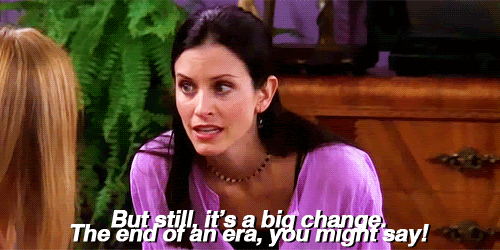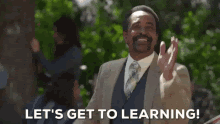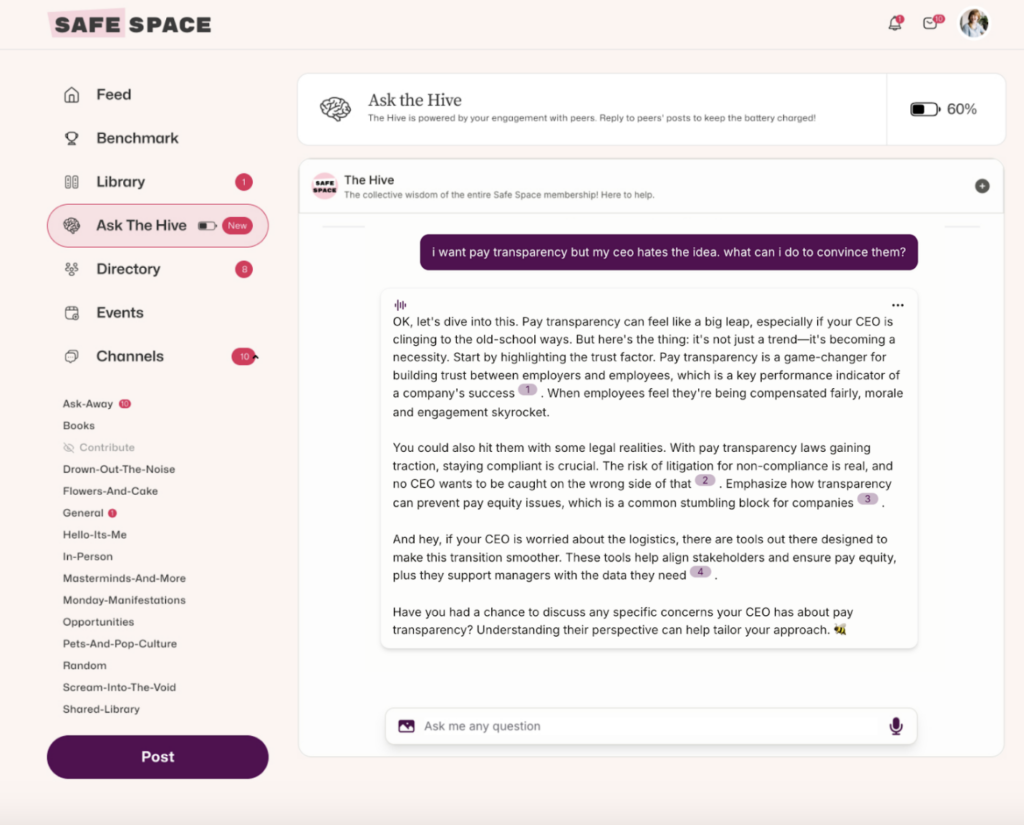
Ever tell someone you work in HR and their reaction and energy towards you just… changes?
Or heard the phrase “HR is not your friend.”
Maybe you’ve worked with an executive who just didn’t get it. They didn’t view HR as a strategic partner rather an enforcer of policies and procedures. Ugh.
OR my favorite you watched that podcast with the four founders who tried to argue that no company needs HR. 🙄
Some days I feel like I’m surrounded by misconceptions about HR and our role.
We absolutely have a perception issue.
Today’s perception that I want to dig into is that HR is administrative rather than strategic.
I hear from HR leaders constantly that they’re not given a seat at the table or involved in discussions about the business and its goals. And it’s pretty frustrating to hear that and BTW I have also experienced that myself!
So, what’s contributing to that perception? How did we become associated with being “paper pushers?”
Well, a few things could be contributing like:
Administrative work was primarily what HR did for decades and is still part of the role today. But as we know the work has evolved far past just administration to things like talent management, talent strategy, workforce planning, culture, communication and more!
The disconnect between HR & the business. Some HR teams work and operate separately from the business strategy. But the business strategy should always inform the HR strategy. HR needs to demonstrate an impact on things like growth, revenue and innovation.
HR is seen as “Rule Enforcers.” HR is usually the department that enforces the policies, deals with investigations, and handles compliance and legal risk. Because of that employees tend to associate HR with red tape rather than a function there to enable
Reactive vs proactive approaches. A lot of HR teams spend more time fixing problems than focusing on proactive work. This contributes to HR being perceived as not being strategic because, well, they don’t have time to when they’re constantly reacting to issues that they need to fix.
There’s an influence gap. HR isn’t always given a seat at the table and therefore can’t shape key business decisions with their input. When HR is put in that position ultimately it loses the potential to be strategic.
While there may be a perception that HR is more administrative than strategic the work we’re focused on tells a completely different story.
JOIN 150K+ HR LEADERS
Get insights, learnings, and advice on how to build companies and cultures that people actually love.
No spam. Unsubscribe any time.
In fact, there’s a pretty big disconnect between the work we’re doing and the perception of the work we’re doing.
Let’s look at what I mean.
A history lesson:

🤓 You know I love me some history, so a lesson!
How has HR’s work changed and what could have caused that to shift?
Buckle up history buffs!
We know HR was born during the Industrial Revolution to do things like help manage the workforce, deal with labor unrest and legal compliance. The early decades of HR were marked by administrative functions like employee records, payroll, and compliance.
Hence the perception that HR is administrative, because the function was for decades!
The shift from less administrative work to more strategic work didn’t really take off until the late 20th century / early 2000s and accelerated into the 2010s.
It was then HR experienced an evolution. 🦋
These trends and economic changes contributed to this evolution:
1980s / 1990s: Human capital theory was on the rise. Employees started being viewed as less of a cost and more of an asset. Skills, engagement and leadership were emphasized to drive business performance. Talent management and strategy became core focuses for HR.
Late 1990s – early 2000s: Mckinsey dubbed this time the “war for talent.” There was intense competition for talent during a period of economic growth and a shortage of qualified workers. It was, after all, the dot-com boom era. Companies became laser focused on retaining and recruiting top talent. HR’s role in workforce planning became critical and employer branding became a necessity.
2010s – now: the last 15 years have been marked by:
- A boom in HR tech
- The rise of people analytics
- Global and distributed workforces
- Multiple generations entering and changing the workplace
- Introduction of new tech like AI, predictive analytics, etc
- The COVID-19 pandemic
- AND MORE
So clearly, the work itself for HR evolved from administrative to strategic but the perception… it’s lagged behind.
So how do you change the perception?
My million dollar question from a few weeks ago!!
Changing the perception:

If a genie popped out of a magic lamp and I got 3 wishes, I might actually wish for HR’s perception to be different. Or to never have to work again. One of those.
Changing perceptions can feel like an impossible task because each individual person you encounter will have their own perceptions.
So instead of trying to change everyone’s perception all at once – I’m going to focus on how to change your leader’s perception first.
3 things you can do:
📐 Align HR with the business goals: All your People strategies should be aligned with a goal for the business.
I want you to go look at all your projects and tasks for the foreseeable future and ask yourself this question: How does this directly impact a business outcome?
Think about things like revenue, team growth, organizational growth or innovation.
If the work doesn’t impact the business outcome or push the organization forward – then consider if you need to be working on it.
📊 Leverage data: Understanding and leveraging data is a superpower because data can uncover so much about your employees and organization. Using data to drive decision making is strategic!
Go look at any data you’ve collected. What can you learn? And what does it tell you about the business?
My favorite data to look at is exit data – why are people leaving your organization? That is a huge opportunity to preemptively solve a problem cough being strategic cough.
🗣️ Understand & speak the language of the C-suite. Developing basic financial acumen and understanding how your leaders are evaluating the business is a gamechanger. By doing that you can learn how to more effectively communicate with them to secure buy-in for your initiatives.
Connecting your initiatives and displaying their ROI is a sure way to move you more in the strategic bucket.
Additional reading: How to Capture the ROI of HR
The bottom line: perceptions don’t change overnight but it is possible! If the work has changed over time, we’re overdue for the perceptions to change as well.
RIGHT? Right!
What’s next:

Changing HR’s perception is 1 part of the battle.
The other part? Having the right skills.
Next week, I’ll cover 5 core skills I think every HR leader should have.
Until then, ta ta.


